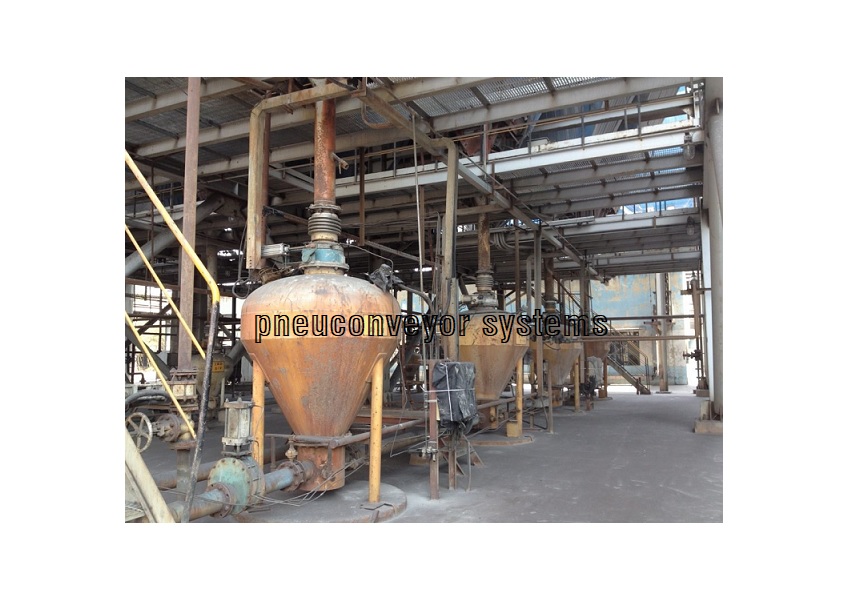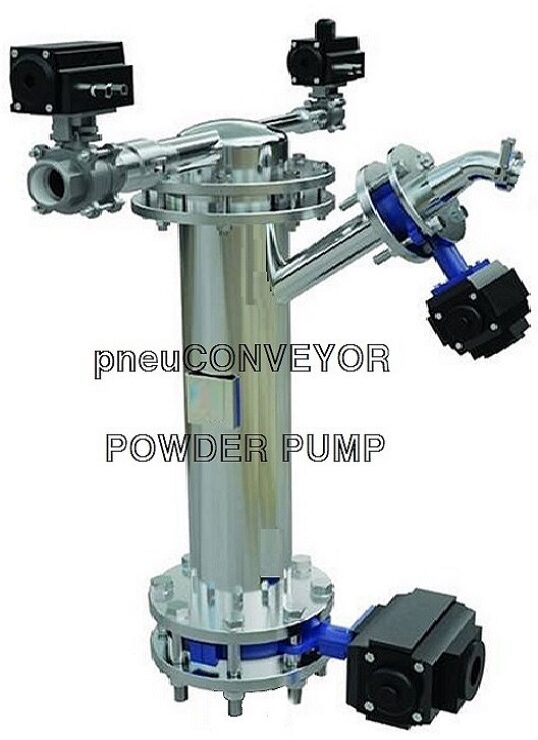Dense phase conveying systems are commonly used to transport bulk solids such as powders and granules from one location to another. The design of a dense phase conveying system depends on several factors, including the type of material being conveyed, the distance of the transport, the required throughput, and the characteristics of the receiving vessel.

Here are some key considerations in the design of a dense phase conveying system:
- Material properties: The properties of the material being conveyed, including its density, particle size distribution, and flow characteristics, will determine the type of conveying system and the size of the pipeline needed.
- Air supply: Dense phase conveying systems typically require a high-pressure air supply to move the material through the pipeline. The air supply system should be designed to provide a consistent pressure and flow rate to ensure reliable operation.
- Pipeline design: The pipeline used in a dense phase conveying system should be designed to minimize pressure drop and to prevent blockages or material buildup. The pipeline diameter, length, and material should be selected based on the material properties and the required throughput.
- Feeding system: The feeding system, which introduces the material into the pipeline, should be designed to prevent material bridging or blockages. The feeder may use a pressure vessel or a screw feeder to introduce the material into the pipeline.
- Receiving vessel: The design of the receiving vessel should be based on the characteristics of the material being conveyed. The vessel should be designed to prevent material segregation and to minimize the impact of the material on the vessel walls.
- Control system: A control system is required to monitor and adjust the air pressure, material flow rate, and other parameters to ensure reliable and efficient operation of the system.
Overall, the design of a dense phase conveying system requires careful consideration of the material properties, the pipeline design, and the receiving vessel design to ensure reliable and efficient operation. Consulting with an experienced engineer or supplier can help ensure that the system is designed to meet the specific requirements of the application.

